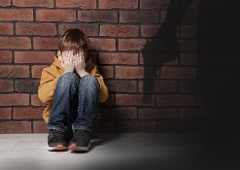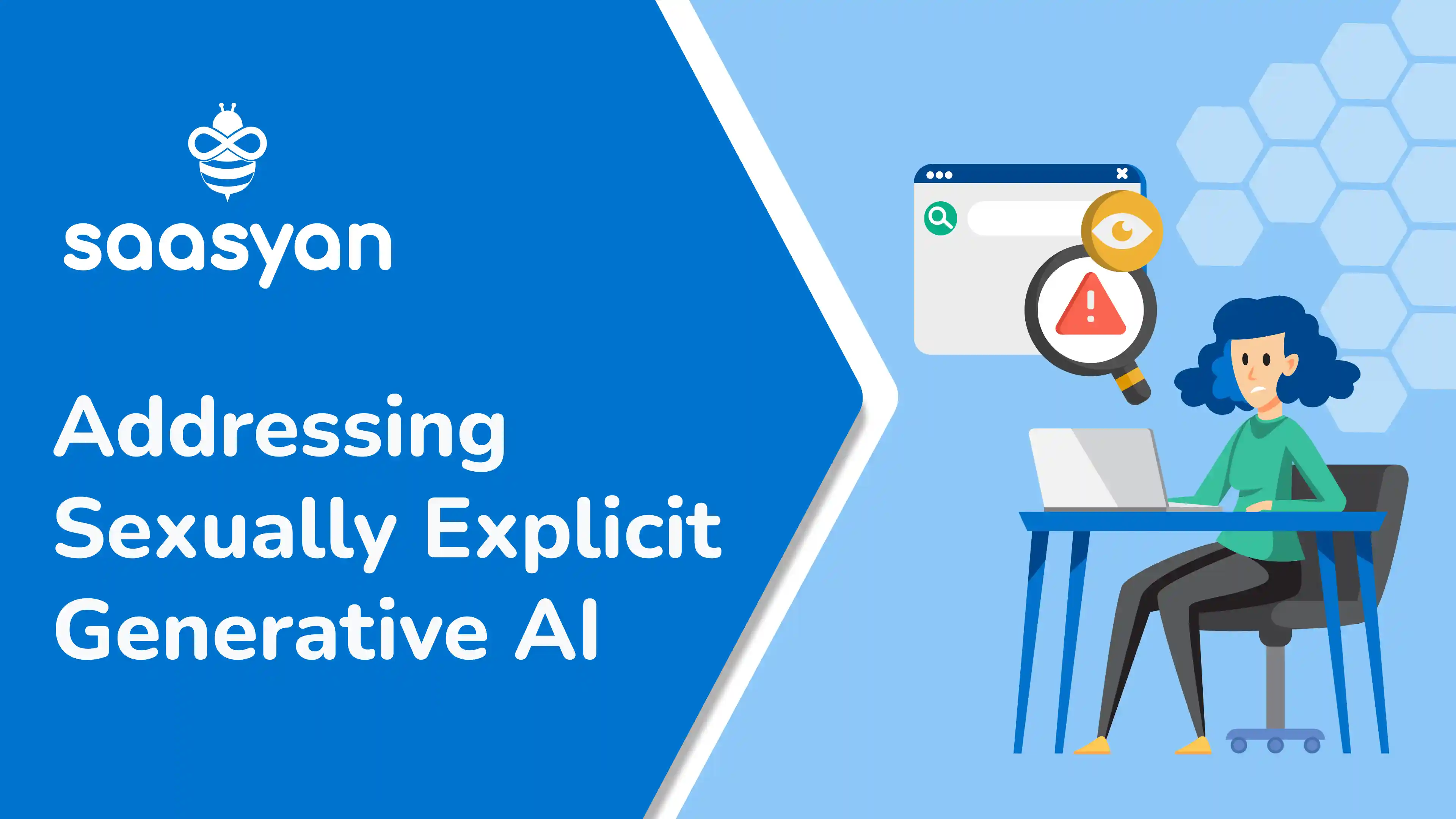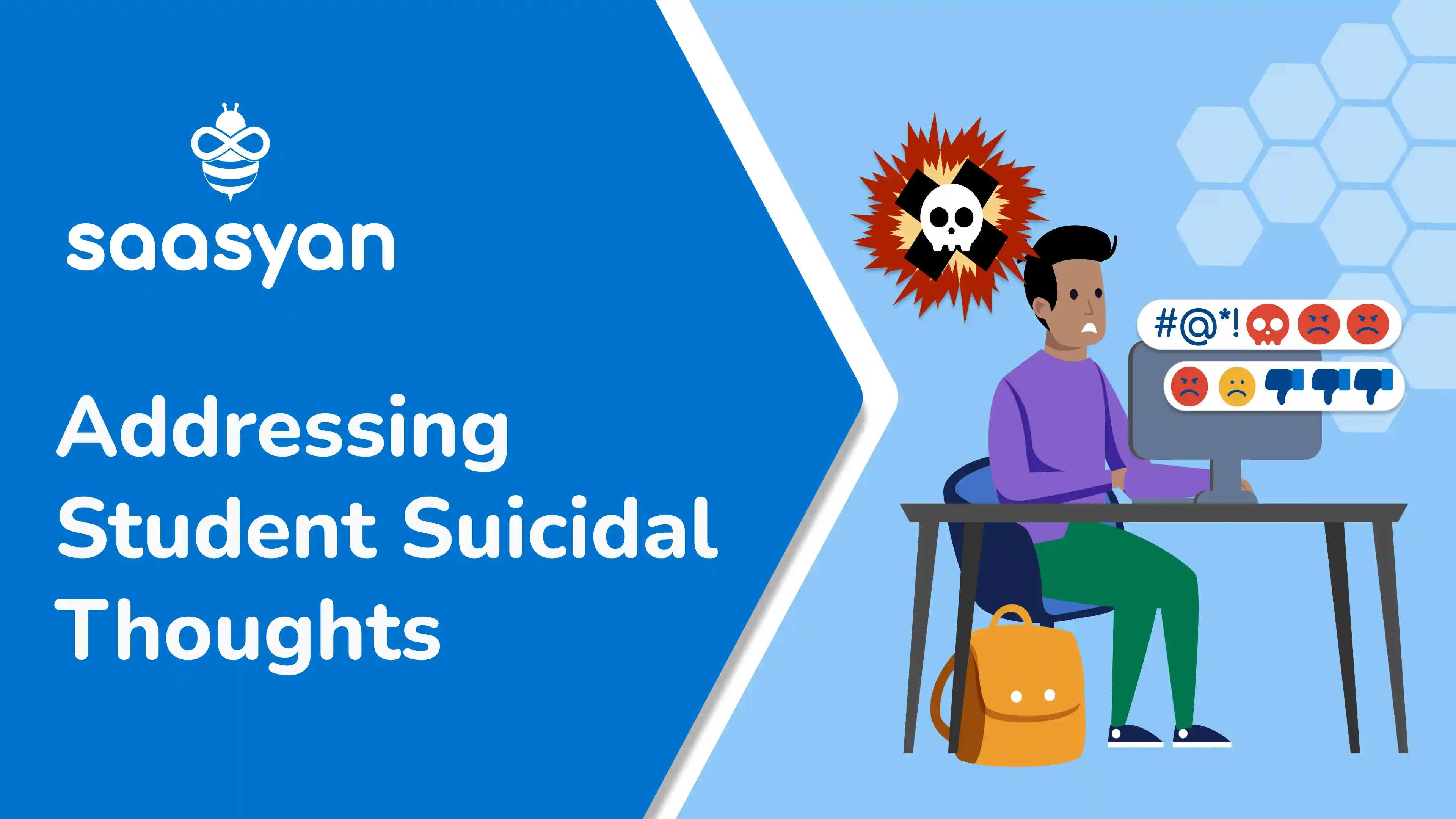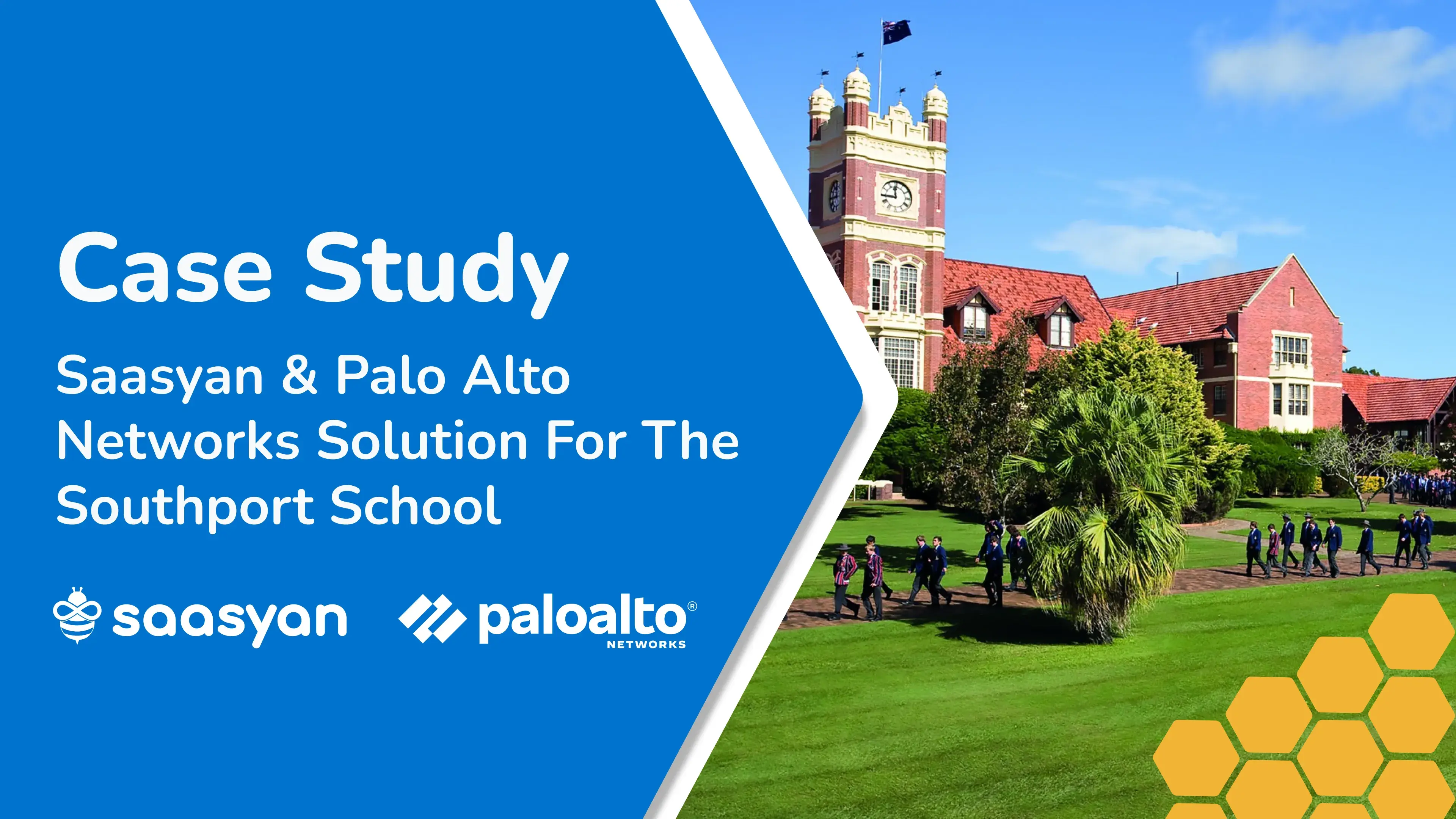What Schools Need To Know About Sexually Explicit Generative AI
Generative AI has advanced significantly in a relatively short period. Platforms such as ChatGPT, Dall-E 2 and Microsoft Copilot allow users to enter...

We are often painfully aware of the lasting trauma of those directly involved in school shootings, but what about the silent victims? What impact does witnessing these traumatic events over and over again have on a child's necessary sense of safety and security in school?
By Colin McLean, Product Marketing Lead at Saasyan
In the wake of yet another school shooting, which took place earlier this week at Michigan State University, my heart goes out to those directly impacted, as well as the millions of children and students who lose just a little more of their sense of safety with each one of these incidents.
I grew up in Colorado in the late 90’s and early 2000’s and apart from 9/11, there was one singular event that shook the country, and permanently changed the K-12 education sector: Columbine High School. This was really the first major instance of gun violence in schools and was the catalyst that altered protocol, security, preparedness, and awareness.
Dealing with violent threats in schools is by no means a recent development in America and I recall my parents speaking of their time in school which was fraught with air-raid drills and ‘duck and cover’ exercises at the peak of the Cold War. Nearly 3 decades later, however, as a young boy huddled in a dark corner of a classroom with my teacher and friends while the police walked around banging on each door to simulate an active shooter scenario, this felt reminiscent to my parents experience in times of war.
You don’t realise it in the moment, but even in these hypothetical mock-scenarios, this subtly chips away at one’s sense of security in an environment that is supposed to be a safe haven for students to learn, grow, and flourish. When you couple this with the very real events that have transpired in the years following; witnessing news recounts of mass shootings in schools, cinemas, shopping centres, night clubs, universities, concerts, and grocery stores, what impact does this have to a child’s mental health?
As I progressed through middle and high school, the running tally of these incidents became far too high to count, and over the years I would even say I grew almost numb to it. It’s a horrible thought that children and students in America have become accustomed to the very real fear of a gunman walking in and opening fire, but that is almost necessary in order to cope.
Often times we focus on those directly impacted by each incident, but when I would wake up in the morning before school and see a news headline detailing a massacre of 26 elementary school students… Or more than 100 victims at an LGBTQ night club, sometimes with tears running down my face I would think about how this was permanently impacting all of us.
I recall my friends and I talking at school in the wake of each one of these, which unfortunately would happen sometimes several times each school year. Running through hypotheticals and planning escapes as we watched students around the country grapple with one incident after another.
When you combine this with the normal struggles that teens face in high school: the difficulty to fit in, find oneself, cope with raging hormones, bullying, body dysmorphia, sexuality... How can one possibly be expected to remain engaged and perform well academically?
The Washington Post has kept a tally of every school shooting in the United States since Columbine High School in 1999, and to date there have been 366. In a perspective piece, journalists John Woodrow Cox and Steven Rich have tallied the total number of students who have endured a school shooting since then, and total is now 338,000.
This staggering number highlights not only how much of an issue this is for those directly impacted, but speaks to a much more troubling number which is those who have witnessed these events second hand on social channels, media outlets, and from friends and family. I would argue this number is much closer to the 54.2 million students enrolled in k-12 education in the United States. Think about that. A student population more than double that of the general population of all of Australia, all impacted by gun violence in schools.
When I was 21, I moved to Australia, and it wasn’t until about a year after this that I realised how much my life had changed. I suddenly became painfully aware of the elephant in every room I was in that I learned to ignore. The thought in the back of my mind while I was shopping for groceries to scope out the nearest exits and assess where I might hide if heard gunfire. The subconscious selection of seats closer to the back of a cinema in case a gunman opened fire on my family and I going to see a film. In the absence of this constant fear, I only realised how much it impacted my daily life, and how dangerous it was that no one was talking about it.
While we are incredibly fortunate in Australia to be fairly removed to this, that is not to say our students are not still impacted by threats of violence in schools, and witnessing these events second hand. The world becomes smaller and smaller each day and domestic issues overseas rapidly become global movements impacting all of us. It is our mission at Saasyan to enable schools to ensure the online safety of their students, which also directly translates to physical safety as well.
When I discovered Saasyan, I was deeply inspired by the company mission and dedication helping schools ensure the online safety of their students. This is a cause that is extremely close to my heart and I dream of the day where as a global education community, we will no longer see the words ‘School’ and ‘Shooting’ in the same headline ever again.
It takes a village to keep our kids safe; at home, at school, and anywhere else they go. Whether you are a parent, teacher, principal, wellbeing professional, or law enforcement, we are committed to helping you support your students’ wellbeing. With the prevalence of technology in schools and how much time students spend online, visibility across online activities and resources for proactive intervention is essential to student safety and wellbeing. Because… Shouldn’t Your School Know?
References
Australian Bureau of Statistics (2021). Population | Australian Bureau of Statistics. [online] www.abs.gov.au. Available at: https://www.abs.gov.au/statistics/people/population.
Woodrow Cox, J. and Rich, S. (2023). After Parkland: What we’ve learned tracking school shootings for 5 years. [online] The Washington Post. Available at: https://www.washingtonpost.com/dc-md-va/2023/02/14/school-shootings-parkland-5th-anniversary/.
Woodrow Cox, J, Rich, S, Chong, L, Muyskens, J & Ulmanu, M 2023, More than 338,000 students have experienced gun violence at school since Columbine, [online] The Washington Post. Available at: https://www.washingtonpost.com/education/interactive/school-shootings-database/
nces.ed.gov. (n.d.). The NCES Fast Facts Tool provides quick answers to many education questions (National Center for Education Statistics). [online] Available at: https://nces.ed.gov/fastfacts/display.asp?id=372#PK12-enrollment.

Generative AI has advanced significantly in a relatively short period. Platforms such as ChatGPT, Dall-E 2 and Microsoft Copilot allow users to enter...

Suicide is the leading cause of death for young Australians aged between 15-24. In 2022, suicide represented 31.8% of all deaths in young people aged...

The Southport School Achieves Lasting Protection from Ransomware Attacks